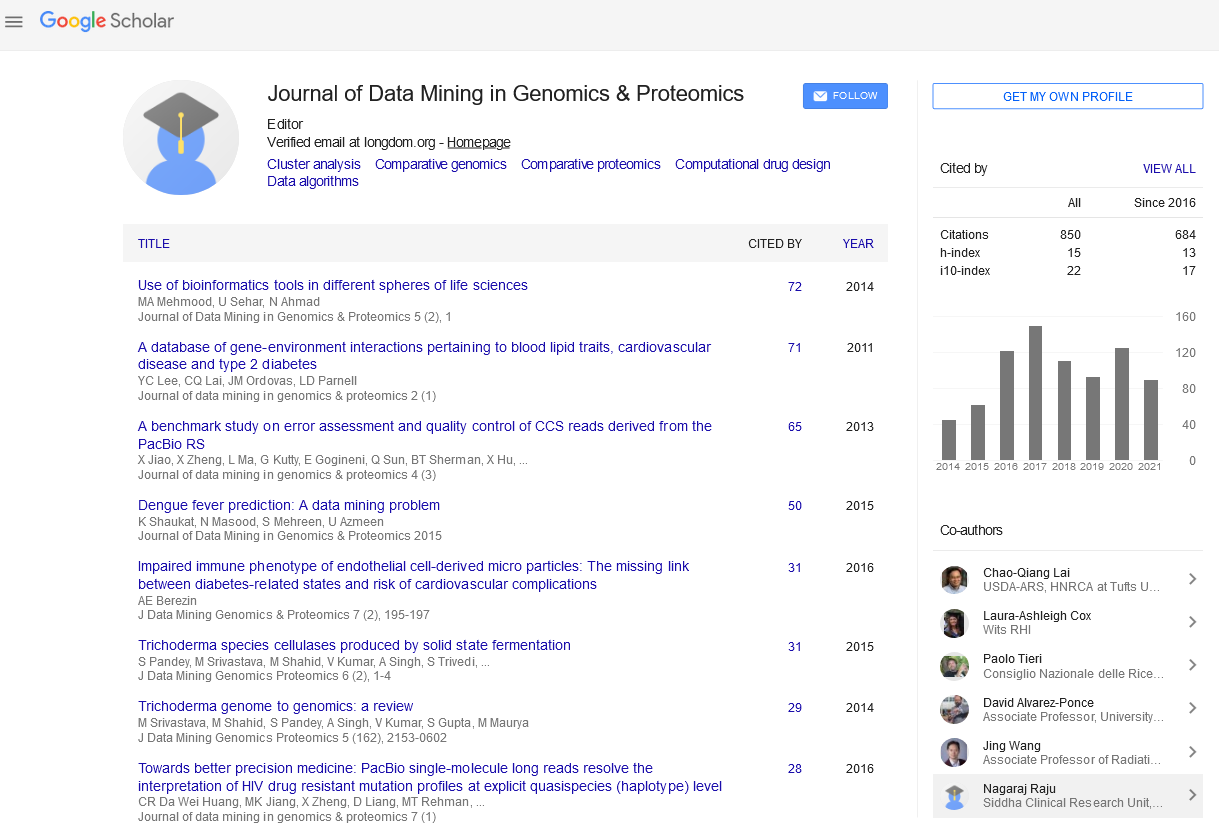PMC/PubMed Indexed Articles
Indexed In
- Academic Journals Database
- Open J Gate
- Genamics JournalSeek
- JournalTOCs
- ResearchBible
- Ulrich's Periodicals Directory
- Electronic Journals Library
- RefSeek
- Hamdard University
- EBSCO A-Z
- OCLC- WorldCat
- Scholarsteer
- SWB online catalog
- Virtual Library of Biology (vifabio)
- Publons
- MIAR
- Geneva Foundation for Medical Education and Research
- Euro Pub
- Google Scholar
Useful Links
Share This Page
Journal Flyer

Open Access Journals
- Agri and Aquaculture
- Biochemistry
- Bioinformatics & Systems Biology
- Business & Management
- Chemistry
- Clinical Sciences
- Engineering
- Food & Nutrition
- General Science
- Genetics & Molecular Biology
- Immunology & Microbiology
- Medical Sciences
- Neuroscience & Psychology
- Nursing & Health Care
- Pharmaceutical Sciences
Abstract
An Agent Based Model of Tularemia
Oliver Attie and Simon Daefler
Francisella tularensis is a formidable intracellular pathogen. Upon inhalation it leads to systemic disease (tularemia) with a high mortality rate. We sought here to develop a computational tool for infections with this class. A bio-threat microbe for which extensive datasets are not available to infer parameters that might determine the outcome of the infection. We present a two-compartment agent based model that simulates inhalational tularemia with subsequent dissemination to the liver and incorporates experimental data and validated general parameters of host defense mechanisms. This systems approach suggests that the initial number of macrophages, the probability of dissemination, and the initial clearance rate of bacteria correlate with the outcome of infections with Francisella. These findings underline the importance of early innate immune defense mechanisms in the prevention of tularemia.


